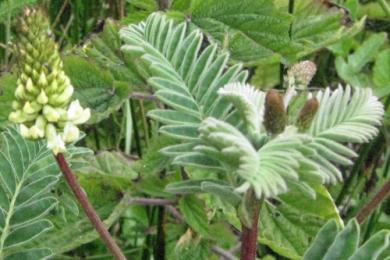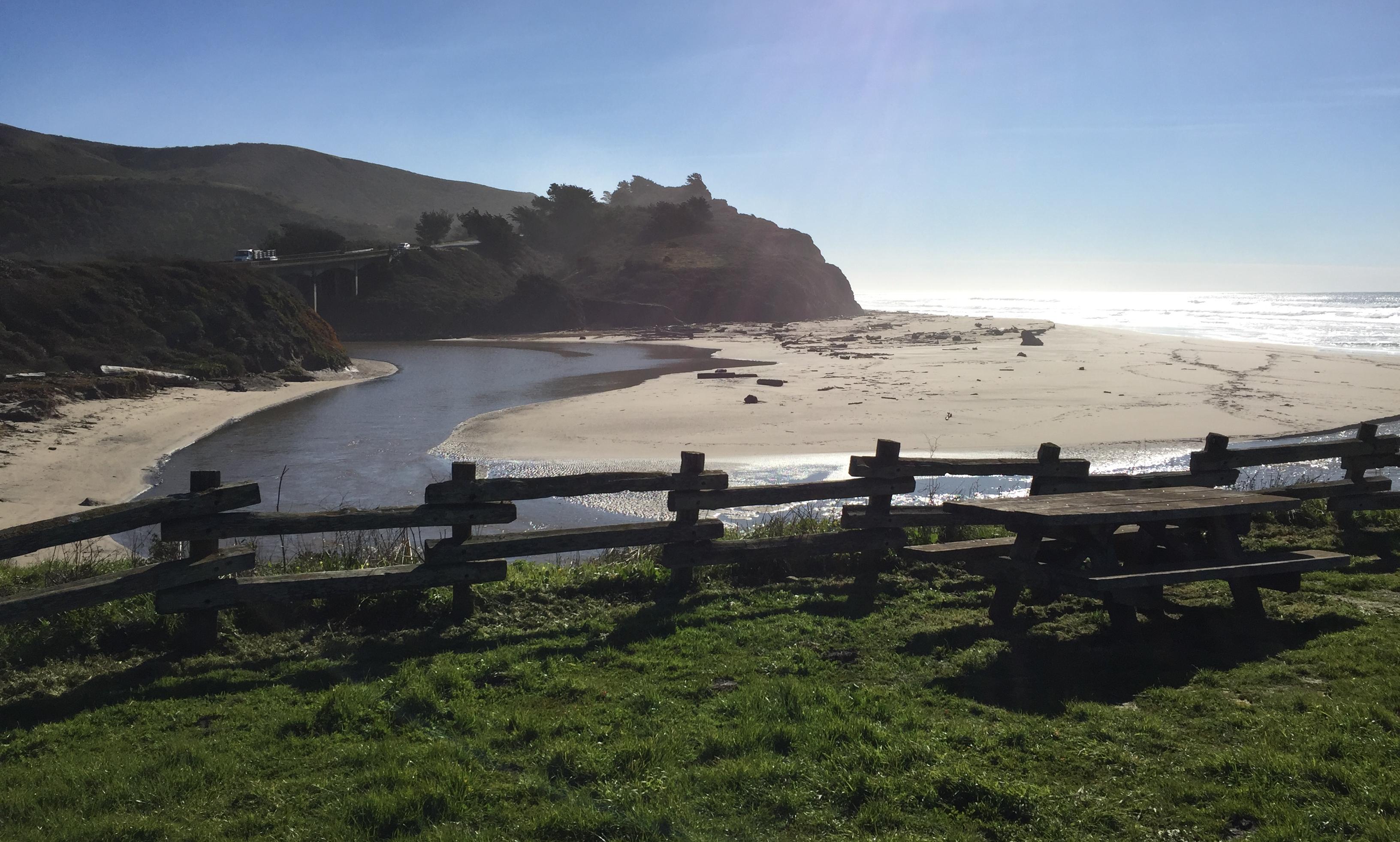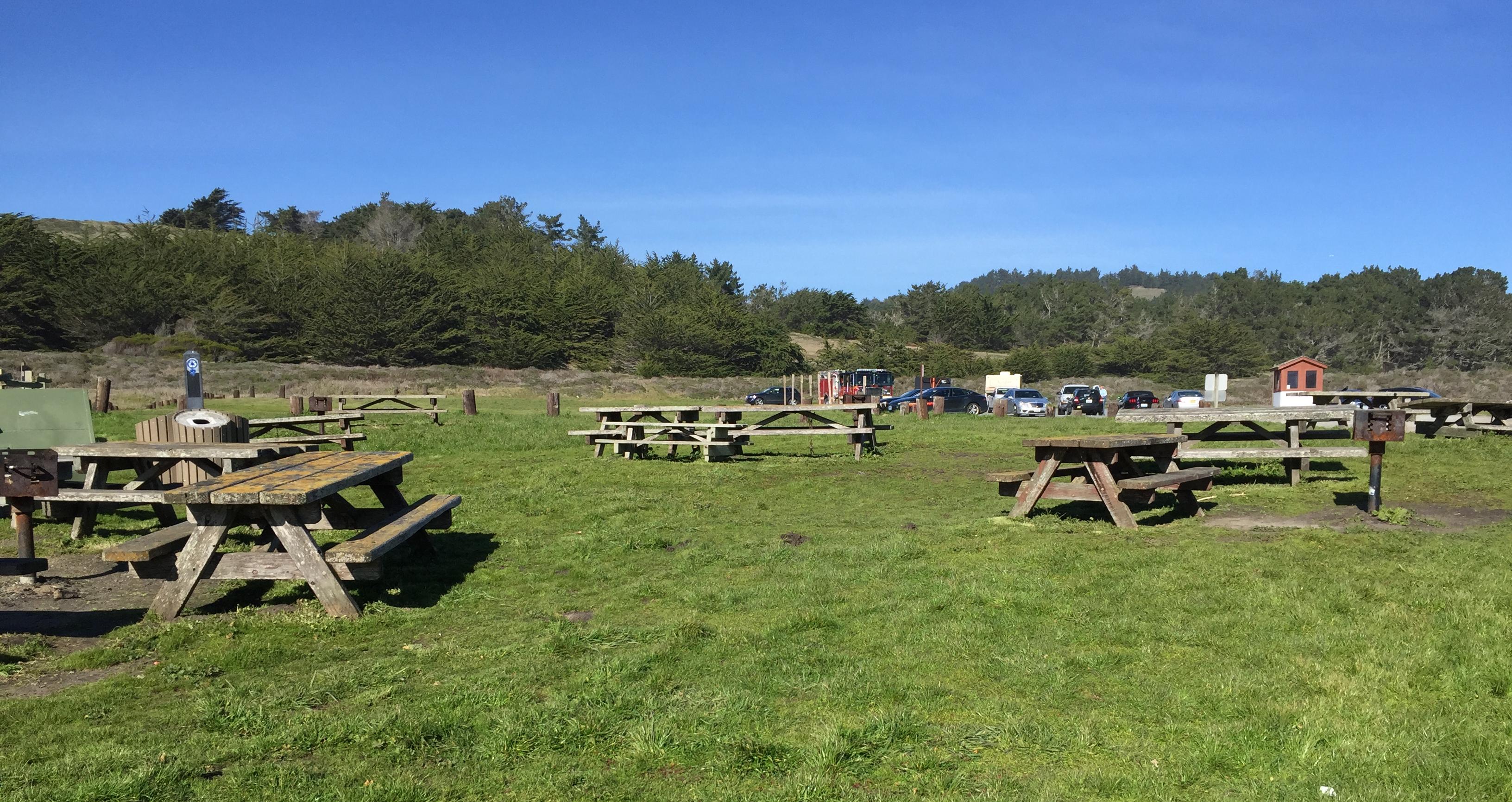California Historical Landmark 26 commemorates the passage of Spanish Explorer Captain Gaspar de Portolá through this area in October 1769. Rancho San Gregorio, consisting of 17,752 acres, was granted to Antonio Buelna in 1839. The rancho extended from Tunitas Creek in the north to the mouth of Pomponio Creek and encompassed the entire lower San Gregorio watershed.



